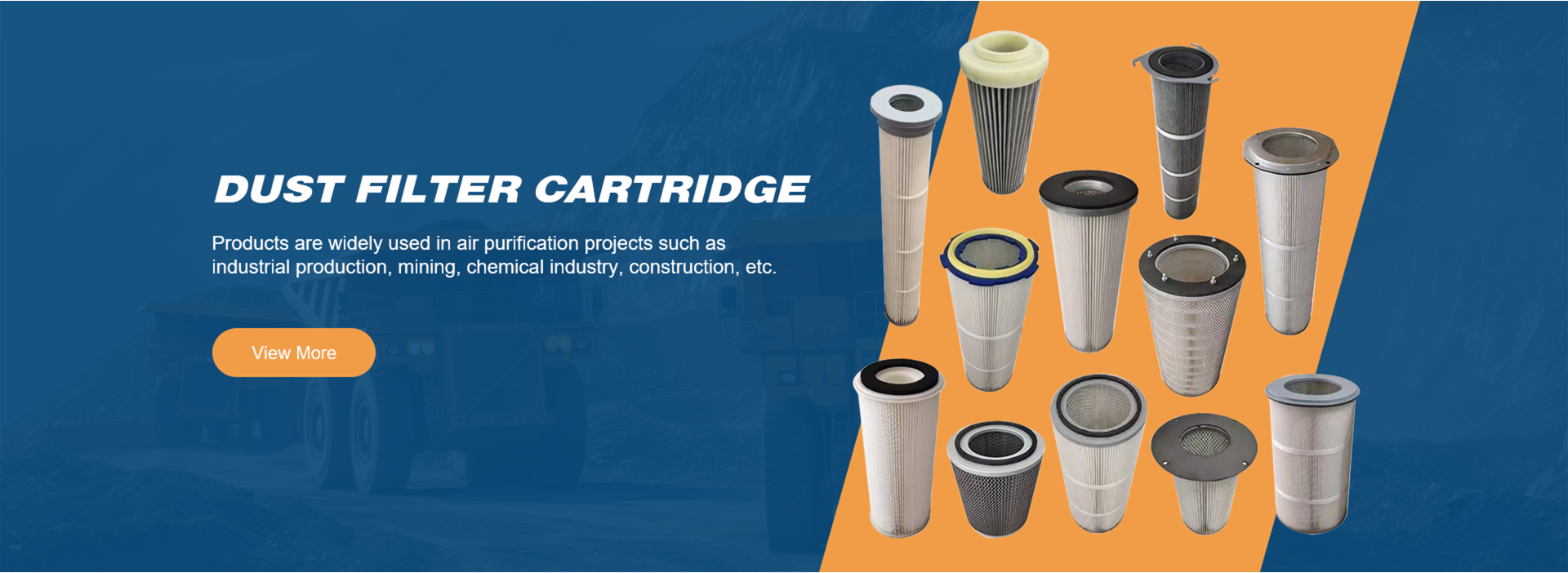 Tel:
+8615930870079
Tel:
+8615930870079
ต.ค. . 08, 2024 13:14 Back to list
Optimizing Dust Cartridge Efficiency for Enhanced Air Quality and Performance
Understanding Dust Cartridges The Key to Efficient Air Filtration
In an increasingly industrialized world, maintaining clean air in our work environments has become paramount. One of the vital components of effective air filtration systems is the dust cartridge. These cartridges are specialized filters designed to capture particulate matter, ensuring a healthier atmosphere for factory workers, construction sites, and even indoor living spaces. Understanding dust cartridges will help in making informed decisions about air quality management.
Dust cartridges function by trapping dust, pollen, smoke, and other airborne particles. They are typically cylindrical in shape and made from various filter media, such as fiberglass, polyester, or a combination of materials. The choice of filter media greatly influences the performance of the cartridge, impacting its ability to capture different sizes of particles. For instance, HEPA (High-Efficiency Particulate Air) cartridges are designed to filter out 99.97% of particles down to 0.3 microns, making them a popular choice in environments requiring stringent air quality standards.
The primary purpose of dust cartridges is to enhance the longevity and efficiency of industrial dust collection systems. These systems are crucial in manufacturing processes, where dust generation is prevalent. Without proper filtration, dust can accumulate and lead to respiratory issues for workers, reduced productivity, and even damage to machinery. The integration of high-quality dust cartridges into these systems can significantly reduce such risks by ensuring that harmful particulates are effectively removed from the air.
dust cartridges

There are various types of dust cartridges available, each tailored for specific applications. For instance, industrial settings often require cartridges with a high dust-holding capacity and resistance to humidity, while residential air purifiers may focus more on eliminating allergens and odors. Additionally, some dust cartridges are designed to be cleanable or reusable, making them a cost-effective and environmentally friendly option. These cartridges can be cleaned using compressed air or ultrasonic cleaning methods, thus extending their lifespan and reducing waste.
It is also essential to consider the maintenance of dust cartridges. Regular inspection and timely replacement are necessary to ensure optimal performance. A clogged or worn-out cartridge can compromise the entire filtration system, resulting in a decrease in air quality and potentially hazardous working conditions. Therefore, developing a routine maintenance schedule can prolong the life of the cartridges and maintain air quality standards.
In recent years, advancements in technology have significantly enhanced the efficiency of dust cartridges. Innovative designs incorporate nanofiber technology, which significantly improves filtration efficiency while maintaining low resistance to airflow. This development not only captures particles more effectively but also ensures that the air circulated within the environment remains at optimal flow rates.
In conclusion, dust cartridges play a crucial role in maintaining air quality in various settings. They are essential for protecting workers' health, enhancing operational efficiency, and ensuring a safer environment. By understanding the importance of these cartridges, industries and individuals can invest in the right solutions, ultimately leading to better air quality and improved health outcomes. As we continue to prioritize clean air in both industrial and residential spaces, dust cartridges will remain an indispensable component of effective air filtration systems.
-
Types and Applications of Air Filtration CartridgesNewsJul.28,2025
-
The Role of Gas Turbine FiltersNewsJul.28,2025
-
Mastering Air Filter Cartridge UseNewsJul.28,2025
-
Advanced Turbine Filters for Modern Gas TurbinesNewsJul.28,2025
-
Cellulose Air Filter Cartridge Advantages in Dust FiltrationNewsJul.28,2025
-
Cellulose Filters for Air Particle ReductionNewsJul.28,2025

 Email:
Email:





